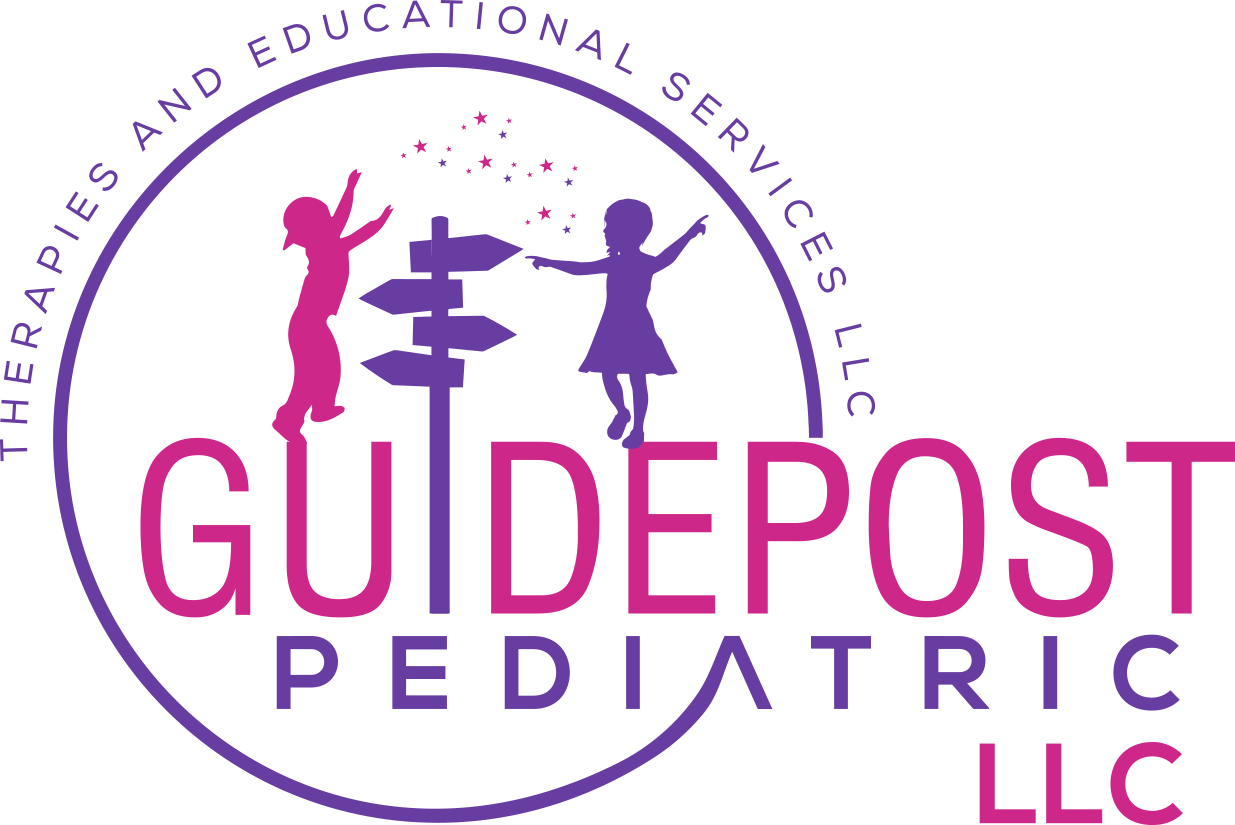What is Dyslexia?
Understanding Dyslexia: What You Need to Know
Dyslexia is a common learning difference that affects how people read, write, and spell. It is important to understand the basics of dyslexia to support individuals with this condition effectively. In this blog post, we will explore what dyslexia is, its signs and symptoms, and how it can be managed.
What is Dyslexia?
Dyslexia is a neurological condition that affects the way the brain processes language. It is not related to intelligence or vision problems. People with dyslexia may have difficulty decoding words, recognizing letter sounds, and understanding written text. This can make reading and writing challenging for them.
What are common signs and symptoms?
Dyslexia can manifest differently in each individual, but some common signs and symptoms include:
· Difficulty learning to read, spell, and write at the same pace as peers.
· Struggling to associate letters with their corresponding sounds.
· Reversing or confusing letters and numbers (e.g., "b" and "d," "6" and "9").
· Poor reading comprehension despite good listening comprehension.
· Slow reading speed and inaccurate reading.
· Avoidance of reading or writing tasks.
It's important to note that dyslexia exists on a spectrum, and individuals may experience a combination of these symptoms to varying degrees.
How is it diagnosed?
Diagnosing dyslexia is one of the many things that we offer here at Guidepost. Testing for dyslexia involves a trained specialist who will assess your child’s reading and language abilities, review their developmental history, and consider any family history. The evaluation helps determine the presence and severity of dyslexia and guides appropriate interventions.
Can dyslexia be managed?
While dyslexia is a lifelong condition, there are strategies and interventions that can help individuals manage and overcome the challenges it presents. These may include:
· Multisensory instruction: Using multiple senses (visual, auditory, kinesthetic) to teach reading and spelling.
· Assistive technology: Utilizing tools like text-to-speech software, speech recognition software, or dyslexia-friendly fonts to aid reading and writing.
· Accommodations in the classroom: Providing extra time for assignments and exams, offering alternative assessment methods, and using visual aids to support learning.
· Educational support: Working with specialized teachers or tutors trained in dyslexia intervention techniques.
· Building self-esteem: Fostering a supportive and encouraging environment to help individuals with dyslexia develop confidence in their abilities.
Dyslexia is a common learning difference that affects how individuals process language. By recognizing the signs and understanding the strategies for managing dyslexia, we can support individuals with this condition in their educational journey and beyond. If you suspect dyslexia in your child, we have the resources to help you! Feel free to call us at (907) 376-4880 or email us at guidepostpediatrics@gmail.com to schedule a test for your child.


